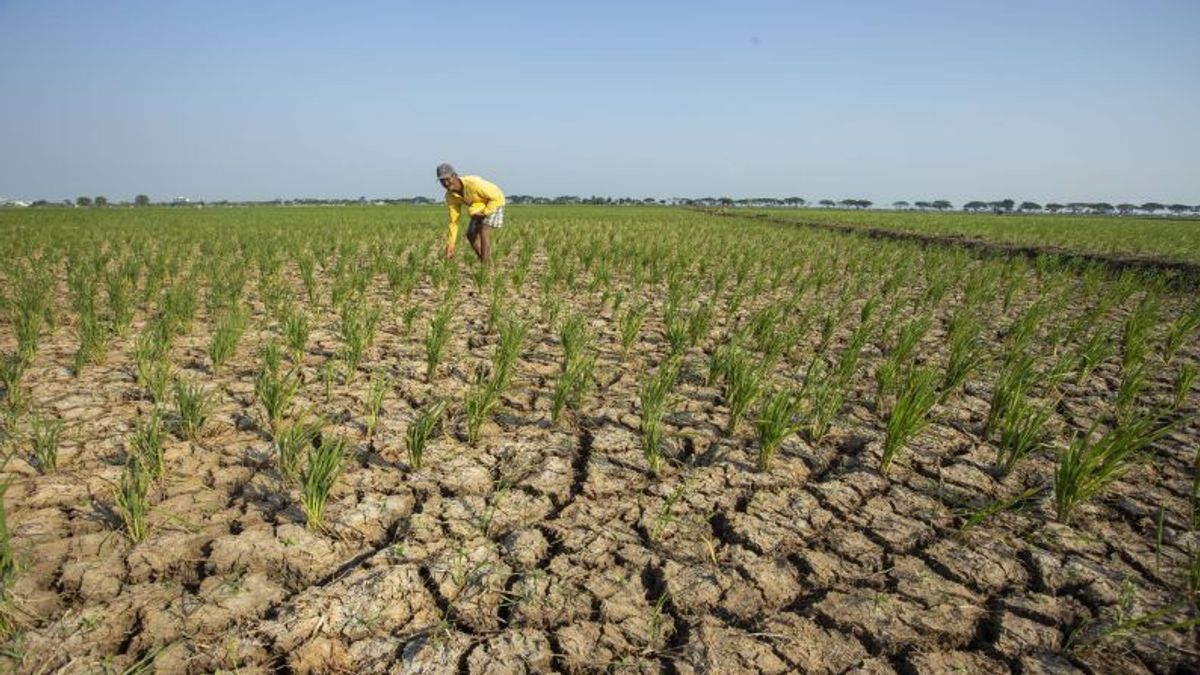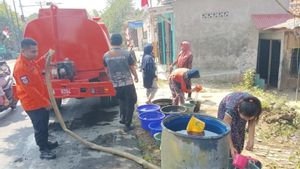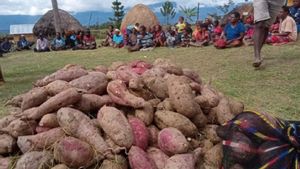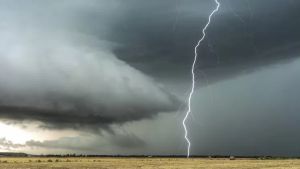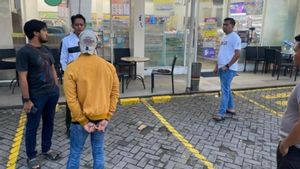JAKARTA - Commission V of the House of Representatives highlighted the large number of areas affected by drought problems due to the El Nino phenomenon which has caused the dry season to be longer. The government is encouraged to take preventive measures by improving infrastructure in all sectors as a form of preventive and curative of disasters that occur.
Deputy Chairman of Commission V DPR Andi Iwan Darmawan Aras said the Government has an obligation to provide assistance to people affected by the disaster. Even so, the Government must also take preventive measures to anticipate drought in the future.
"Infrastructure development has an important role in preventing the impact of drought. Infrastructure such as dams, irrigation canals, and water reservoirs help store and drain water for agricultural irrigation and domestic water needs, which can reduce the risk of drought," said Andi Iwan Darmawan Aras, Friday 11 August.
As is known, several areas have begun to be affected by drought due to the dry season that is still happening in Indonesia. As in Central Papua where drought hit Agandugume District and Lambewi District, Puncak Regency. Drought has even caused around 8,000 residents of Puncak Regency to experience a hunger disaster.
Then a number of areas in Bogor, West Java, also experienced drought that caused thousands of residents to be affected. Drought also hit the Bondowoso, Jombang, and Bojonegoro areas in East Java, then Temanggung, Central Java, and Serang Banten. As a result, residents have difficulty with clean water.
The Meteorology, Climatology and Geophysics Agency (BMKG) explained that a number of areas that would be severely affected by El Nino, namely central to southern Sumatra, southern Riau, Jambi, Lampung, Banten, and western Java. Andi assessed that this drought problem must be resolved quickly, especially since the disaster threatens the national agricultural sector.
"So don't just take disaster management measures, but preventive measures must also be considered," he said.
"Because we see together, many people are suffering from the possible drought disaster for ordinary urban communities. But in villages and remote areas the impact is more severe due to the lack of infrastructure," continued Iwan.
El Nino itself is a phenomenon of sea temperature heating (SML) above normal conditions that occur in the central to eastern Pacific Ocean. This SML warming increases the potential for cloud growth in the central Pacific Ocean and reduces rainfall in Indonesian territory.
VOIR éGALEMENT:
According to BMKG monitoring results, 63% of the season zone has entered the dry season until mid-2023. BMKG predicts this year's dryness will be drier than three years earlier.
Iwan revealed that the drought that is being hit by Indonesia now has a serious impact on the community. Lack of water can cause a decline in agricultural production, economic losses, and food crises.
"In order for drought not to hit the agricultural sector even worse, there must be farmer technology that allows the plant to survive even if it is affected by the long dry season," he explained.
"The government's weather modification efforts must also be evenly distributed to all areas in need. The hope is that when it rains, drought problems can be overcome little by little," continued Iwan.
People in drought-affected areas face difficulties in meeting their daily needs such as drinking water, sanitation, and hygiene. Iwan said drought can also affect health through increased risk of disease due to poor sanitation and the spread of water-related diseases.
The English, Chinese, Japanese, Arabic, and French versions are automatically generated by the AI. So there may still be inaccuracies in translating, please always see Indonesian as our main language. (system supported by DigitalSiber.id)
